Dr. Denise Smith
Denise L. Smith, Ph.D. is a Professor of Health and Exercise Sciences at Skidmore College where she directs the First Responder Health and Safety Laboratory, and a Research Scientist at the University of Illinois Fire Service Institute. She is a passionate advocate for firefighter health and safety and routinely lectures at national and international conferences.
She is a fellow of the American College of Sports Medicine (ACSM), a member of the National Fire Protection Association (NFPA) Fire Service Occupational Safety and Health committee, an investigator for the National Institute of Occupational Safety and Health (NIOSH) firefighter fatality investigation and prevention program, and an Honorary Battalion Chief at Hanover Park FD.
She completed her doctorate in Exercise Physiology at The University of Illinois. Denise has coauthored an Exercise Physiology textbook, an Advanced Cardiovascular Exercise Physiology textbook, seven book chapters, and nearly scientific papers. She has received over $12 million in federal funding from FEMA-AFG, DHS S&T, NIOSH and DOD to pursue her research agenda aimed at understanding the physiological strain of firefighting and the health risks it imposes on firefighters. Specifically, her research is focused on the cardiac, vascular, and coagulatory changes that occur during emergency operations and how these changes increase the risk of sudden cardiac events.
View All VideosYou may also like
Bill Webb discusses how much the fire service has changed and about the passion many have to keep our firefighters safe. He urges all firefighters who want to be great leaders, no matter what their rank, to keep pursing education and be accountable for their actions.
Sudden cardiac events are the leading cause of firefighter line-of-duty deaths, but it also leads to early retirements and non-fatal events on the fireground or during operations. Dr. Smith’s works to detect cardiovascular disease and managing the risk factors we can decrease the burden of...
Chief Ronald Jon Siarnicki recalls a call from early in his career as a fire officer, where a victim was trapped in a well. Not only did that incident involve an out of the box solution, but it involved a great deal communication with the victim, and later on with the rescuers when they reviewed...
Chief Ronald Jon Siarnicki says that becoming a leader in the fire service involves three things: education, staying current with the developments in the fire service, and personal skills are all important. He also urges future leaders to identify where their “line in the sand” is.





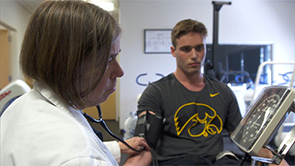
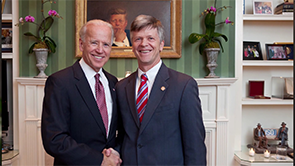
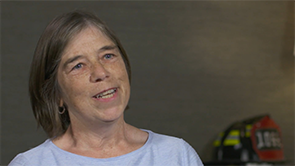
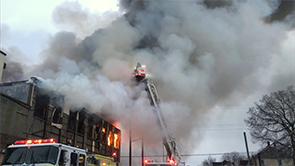
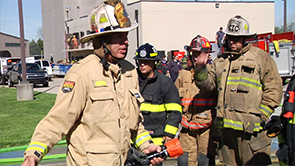
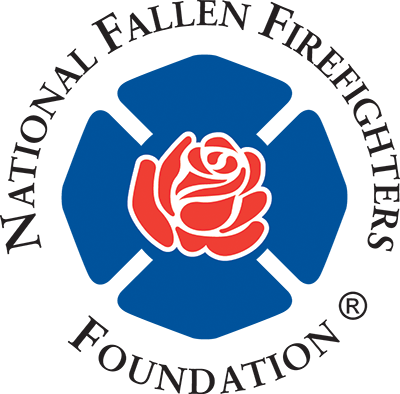
Add comment